Review: Dell XPS 15″ 9560 (2017) – Travel Photographer
In 2017, I made a decision that I wanted to explore the world more, and push my photography further. I couldn’t take my beloved, hunking PC which I’ve used for several years to edit on with me on the road however. It was a dual calibrated-monitor setup, with 32GB of RAM and more GPU and CPU processing power than I knew what to do with. It handled anything photographic or video I threw at it without a problem. But I knew this couldn’t come with me, so I needed to find a portable, travel friendly yet powerful solution.
Enter the 2017 Dell XPS 15.6″ 9560. Purchased not long after it’s release, I’ve had it for over 6 months now, and it’s been a flawless performer throughout over 15 countries that I’ve taken it to as my workstation. In fact, I’m writing this review on it right now! If you’re considering it as an alternative to a desktop/Macbook Pro (yes, you will have to use Windows though!), or as a portable addition and part of your photography kit, here’s my quick take on it.
SPECIFICATIONS
– 7th Generation Intel Core i7-7700HQ Quad Core Processor (Kaby Lake)
– Windows 10 Home x64
– 16GB DDR4
– 512GB PCIe SSD
– NVIDIA GeForce GTX 1050 with 4GB GDDR5
– 15.6″ 4K Ultra HD (3840 x 2160) InfinityEdge touch display
– Backlit Keyboard with Finger Print Reader
– 2x USB 3, 1x HDMI, 1x Thunderbolt/USB Type C, 1x SD Card Reader
– Weight: 2kg (4.5 lbs ) with 97Whr battery, SSD and touch display
You can purchase the Dell XPS model in this review from Amazon: 2017 Dell XPS 15.6″ 9560

DISPLAY
The first thing that caught my eye about the Dell XPS was the screen – it features an almost bezel-less 15” display, and on the touchscreen 4K versions, offers 100% coverage of the Adobe RGB gamut. The 100% coverage of Adobe RGB was pretty critical for me, as this machine was to become my main editing workstation once calibrated. Also, the display itself with it’s near-zero bezel is an absolute pleasure to work with – everytime I use the machine, it gets compliments!
BUILD & WEIGHT
For what it packs, this is a relatively light laptop. Aluminium finish is fantastic (although it does dent easily if you bash it against a hard surface as I’ve done a few times). The laptop fits nicely in the front laptop sleeve of my ThinkTank Airport Essentials backpack, and would any other camera backpack designed to fit a 15” laptop. I bring it as carry on for all flights along with my usual travel gear (Nikon D750 SLR, 16-35mm, 28-300mm and hard drives) and it usually weighs around 8kg/17.5lbs which fits within the ‘acceptable’ limits for pretty much all airlines.
The fingerprint reader takes advantage of this Windows 10 feature, and works about 95% of the time on the first hit. SD card reader is super handy aswell – pop the card out of my camera and straight into the machine for transfer to my external hard drives!
I do wish the keyboard took up a larger width/portion of the machine though – even though I have small hands, I feel like the distancing between keys is sometimes too short but it’s something I’ll get used to.
LIGHTROOM & PHOTOSHOP
A common complaint, particularly with Lightoom CC (now known as Lightroom Classic), is that it runs ‘slow’. Of course, slow is subjective dependent on the users expectations. In my experience, the performance has been more than satisfactory. I’m able to perform and complete edits in the same timeframe I would have on my desktop machine.
My workflow usually consists of reviewing RAW file images and making adjustments in Lightroom, before moving them over to Photoshop to undertake exposure blending. Work involves 1 main multi-layered file in Photoshop (500MB-1GB in size). Lightroom remains open in case I need to export additional exposures into Photoshop. I have experienced no issues with running both Lightroom and Photoshop at the same time.
I timed the following basic tasks in a real world situation (music playing on iTunes, on AC power, Firefox open with some tabs such as email/Facebook), and have provided the average time to complete the tasks:
– Open Lightroom with full catalog located on external HDD: 9.2s
– Open Photoshop CC 2017: 8.5s
– Open a RAW file in Photoshop from Lightroom with adjustments: 6.5s
– Adjustments made in Lightroom (gradient, all sliders, adjustment brush): Instant
– Adjustments made in Photoshop including dodge/burn tool, gradients, masking etc on a RAW file: Instant
All files worked on are full resolution RAW 6016×4016 (24MP) straight out of the camera.
It’s also worth noting however, that at the time I purchased my Dell XPS, the make of the SSD hard drive included could vary (Toshiba/Liteon/Samsung). There have been reports that the Toshiba is slower in read/write speeds (see pic), although in day to day use, the difference could be negligible. Thankfully my machine shipped with the Samsung PM961 SSD, but this can be checked in your device manager, and if you so wish, tested using a disk performance benchmark program such as CrystalDiskMark.
BATTERY LIFE
Battery life has been nothing but fantastic, considering what this machine is capable of and how I use it. However if you’re looking at a laptop like this to undertake heavy photo and video edits, I would assume that battery life is not your top priority either!
I have used it for hours on end at lounges, cafes etc with at least 1x USB 3.0 hard drive plugged in most of the time. In my experience, the battery lasts anywhere between 7-8 hours when browsing, email, music etc, and around 4-5 hours when working in Photoshop/Lightroom etc. Not bad at all!
PROS & CONS
PROS
– Excellent value for money (Dell very regularly offers 15% off on all the models)
– Dedicated Nvidia 1050 GTX , 16GB RAM and Quad-core i7 provides a legitimately flawless heavy photo editing experience
– Screen is easily the best of any laptop in the market right now, and perfect for photographers!
– Weight is very manageable for travelling considering the punch it packs
– Trackpad is almost as good as a Macbook’s. Have edited photos using the touchpad several times on the road
– Lots of ports including 2x USB 3.0 and 1x USB-C, and SD card reader. Means additional dongles are not required
CONS
– As most people will agree, webcam placement is absolute rubbish. But it’s well worth it for the amazing Infinity display
– Touchscreen display is glossy, therefore quite reflective if you’re working anywhere else but in a normal/darkly lit room
– Weight. Although powerful, still a bit heavier than a lot of other 15” powerbooks on the market, including the newest Macbook, which is approx 200gm lighter
– Still some GPU drivers issues whilst using Chrome that were widespread on release (and mostly fixed), but still seem to be lingering around (flickering on certain sites)
CONCLUSION
If you’re looking for a powerful Windows laptop that can also double up as a travel/on-location machine for image editing, and don’t want to shell out nearly 2x the amount for the new Apple Macbook 15” (Australian pricing at the time of writing for Kaby Lake models: Dell $2634.00 AUD, Apple $4099.00 AUD), the Dell XPS 15″ is easily your best option on the market.
It offers a good compromise between power and battery life, with a top quality finish and features photographers will love, such as the bezel-less 100% Adobe RGB Infinity Display and SD card reader.
IMAGES EDITED ON THE DELL XPS 15” 2017


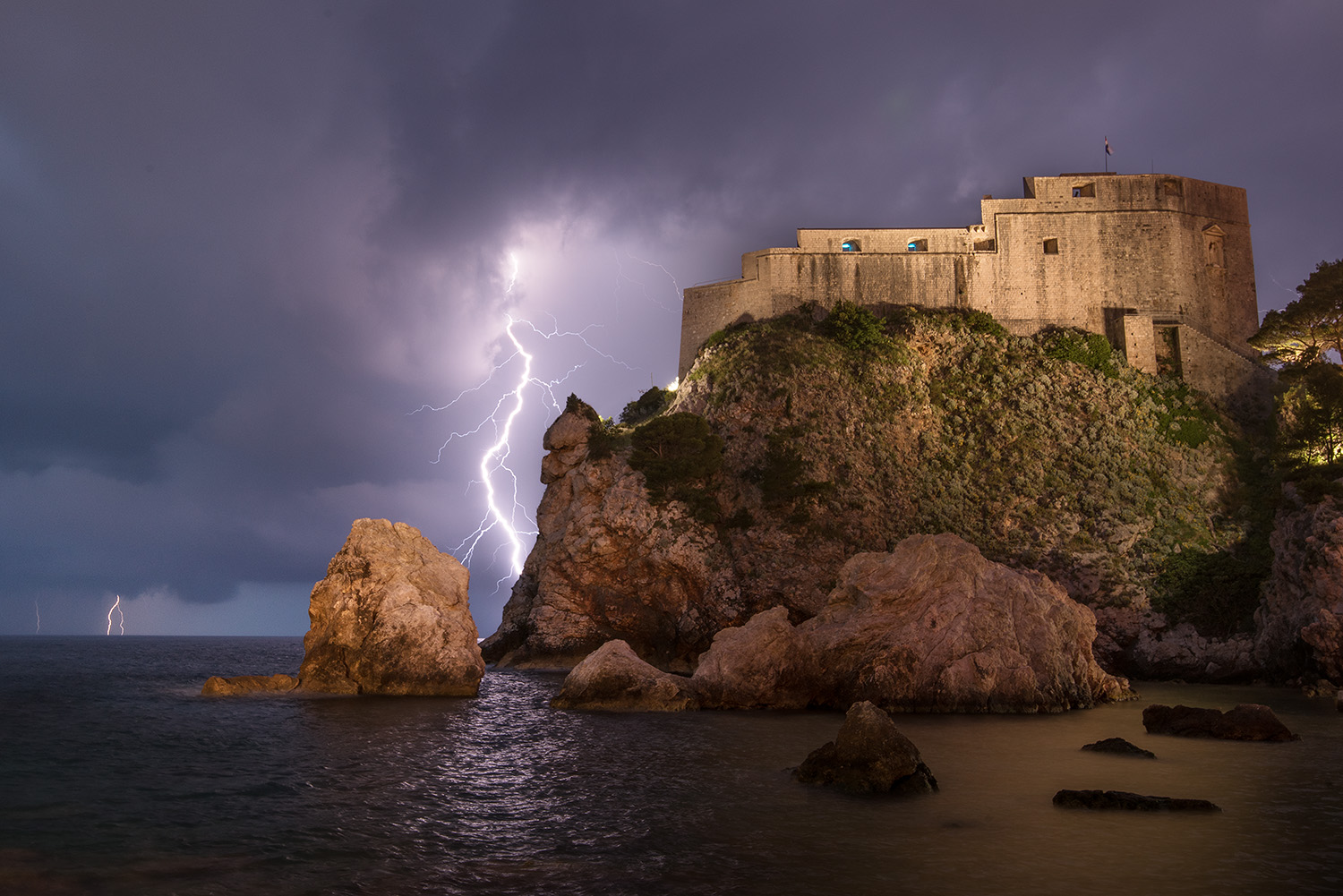

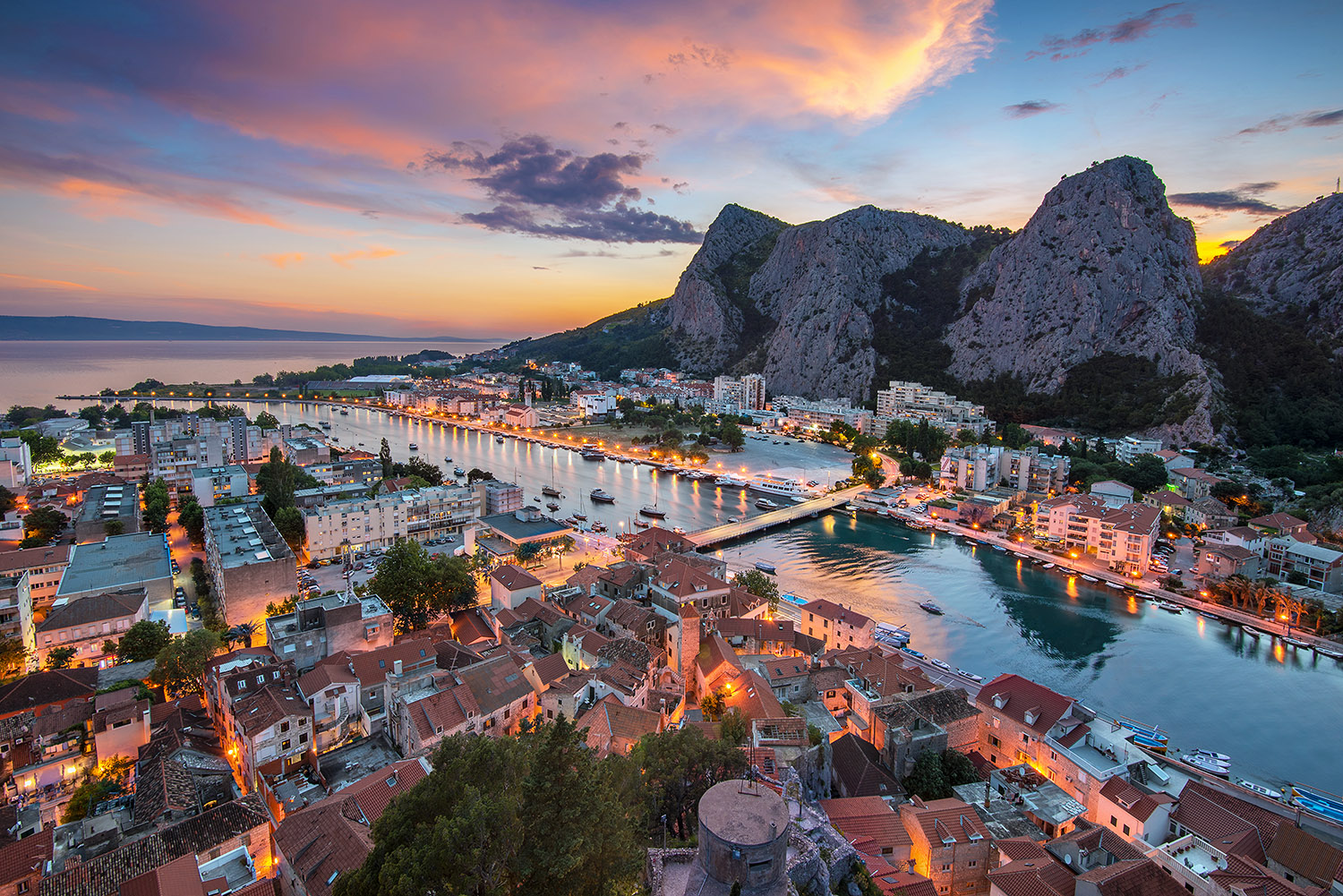
Disclaimer: Dell did not pay me for this review, nor was any demo unit supplied. The machine was purchased by myself, and all opinions and experiences in this review are my own, gathered through every day real-world use.




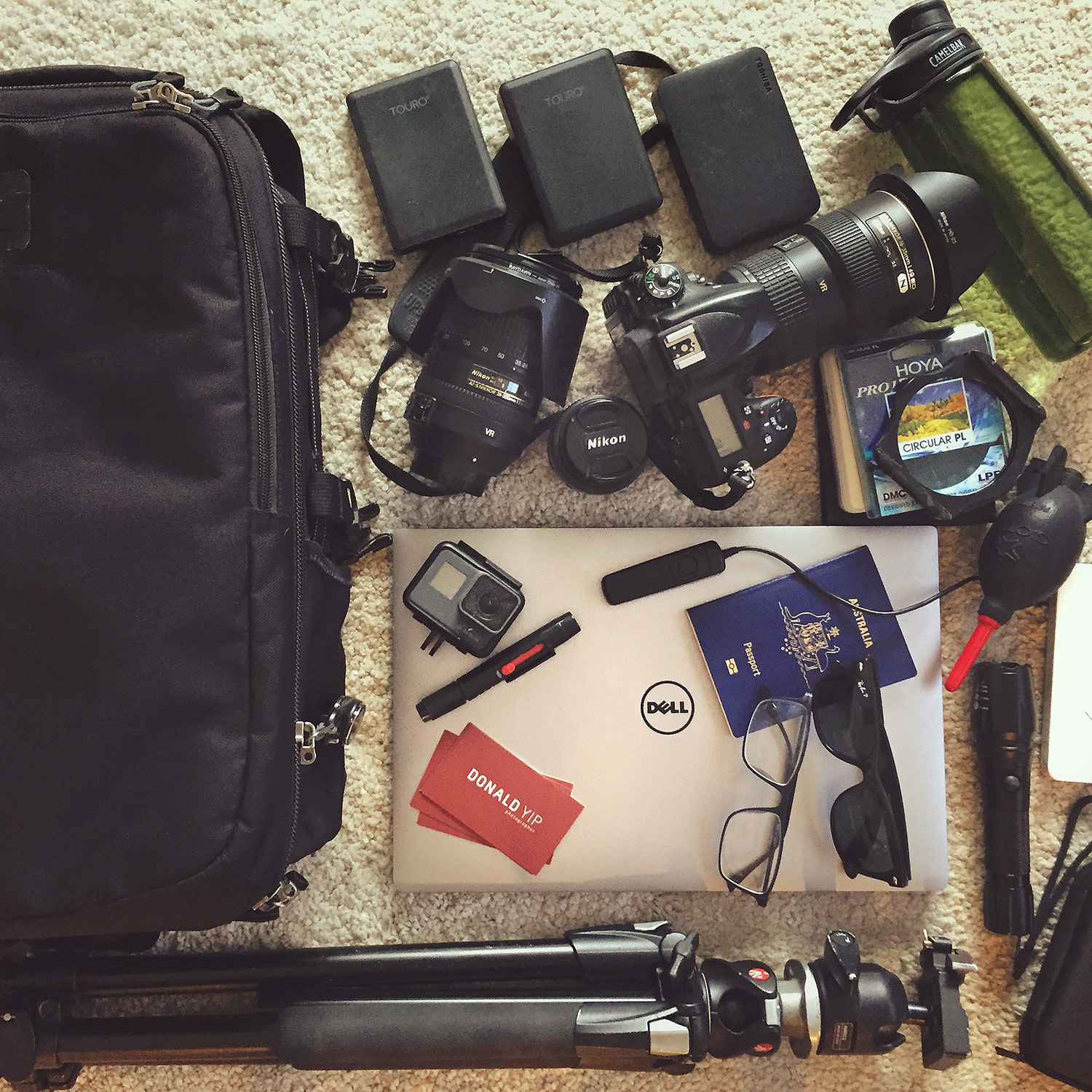
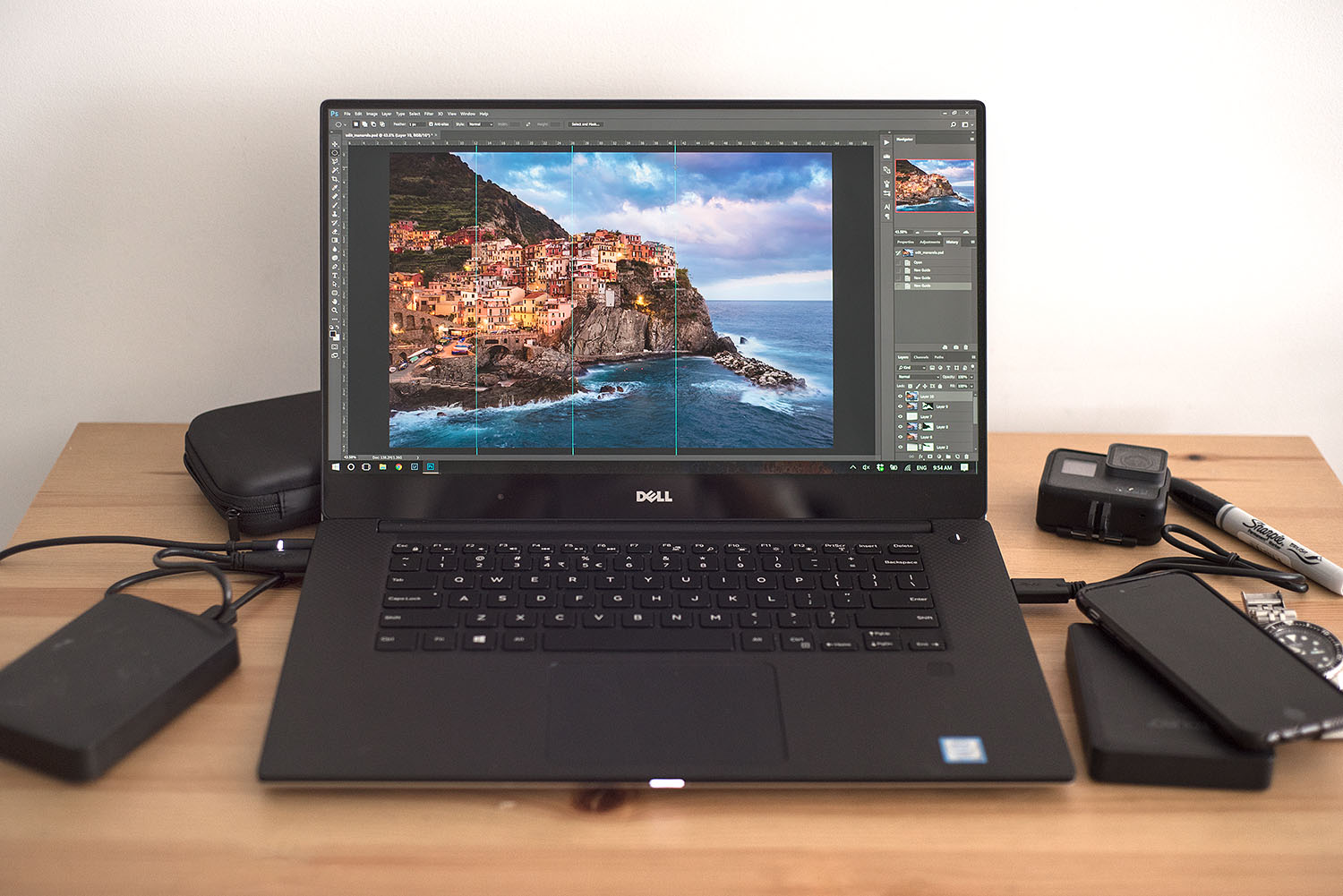


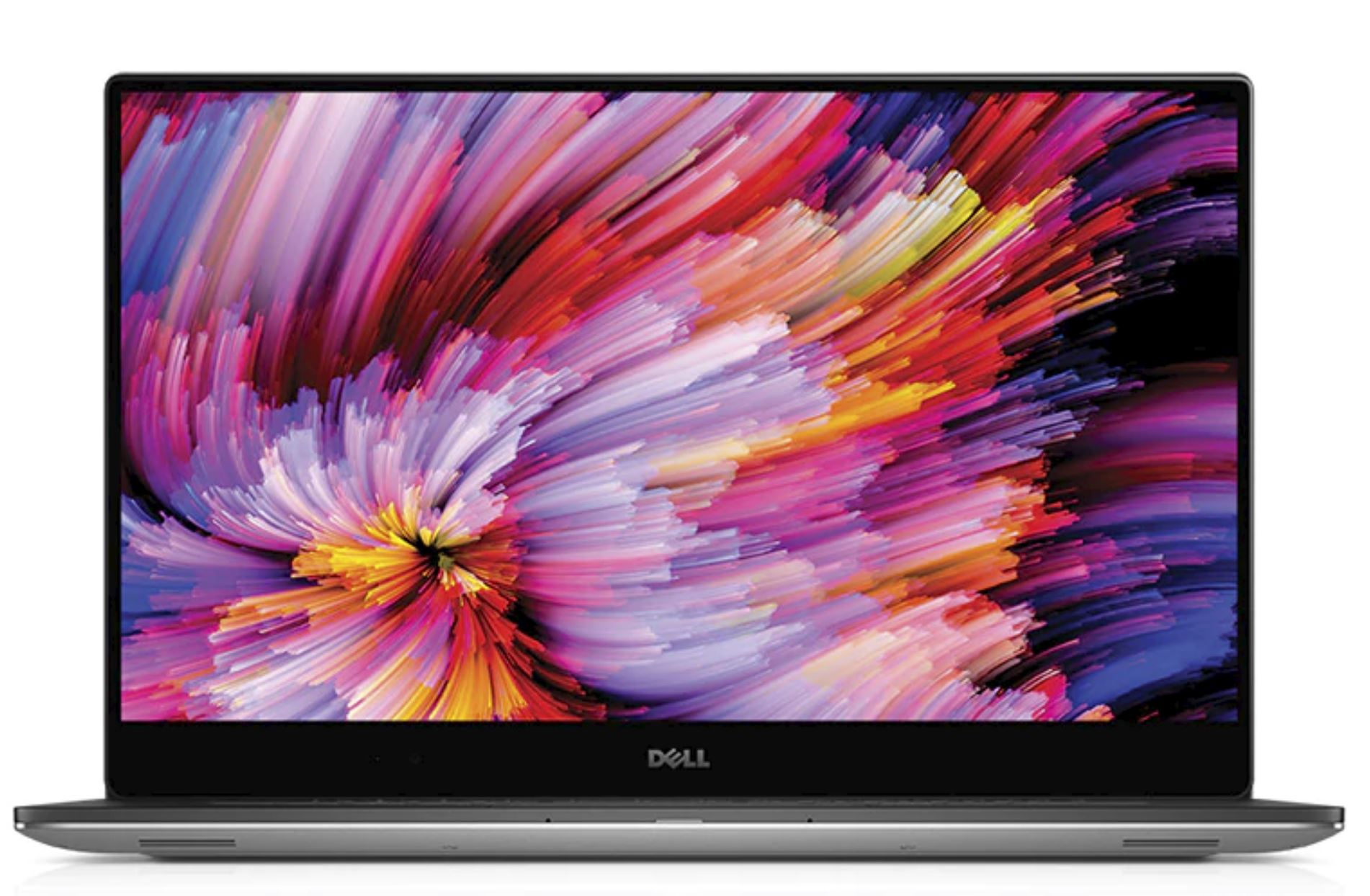
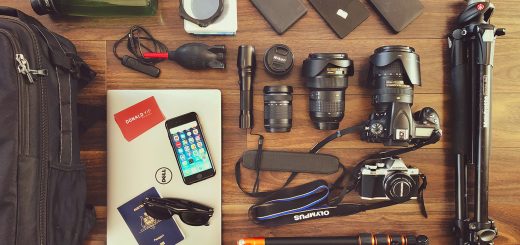




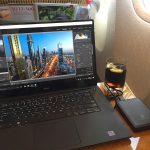





May I trouble you with a question?
I found this 2017 post helpful and enjoyable. I have the same year and specs and I use it mostly for photo editing via the latest versions of Adobe Lightroom and Photoshop which I installed last month. I’m barely above beginner with both and am having trouble with Photoshop layering. It lags so long I must stop and give up. I encountered this with an experienced Photoshop user I’ll get one or maybe a second layer which takes nearly a minute each, or won’t come up, if they do come up. the third won’t come up at all. Yesterday was my first and only try so far. I’d like to try a solution so it won’t happen again. I’ve found similar comments online often with suggestions that haven’t solved the issue.
This laptop was reset to factory settings and gifted to me last month.
Any information would be appreciated.